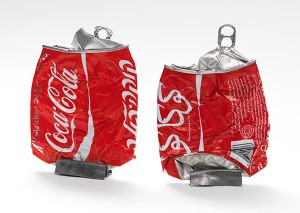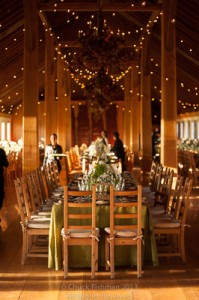In Germany, you cannot rely on the weather being consistently sunny, even in the summertime. In the fall at the latest – dare we think of it already? – we will need to shake open our umbrellas again. Axel Stähler (comparative literature, University of Kent), has shown that the umbrella was once considered a Jewish attribute. He recently offered to share with Blogerim his research on the umbrella’s discursive significance in Wilhelminian Germany.
Dr. Stähler, how did you spot the “Jewish umbrella”?

Mbwapwa Jumbo from “Briefe aus Neu-Neuland”, Schlemiel 1.1 (November 1903), p. 2
I was first struck by an umbrella in the hands of the “Big Chief of Uganda,” Mbwapwa Jumbo, a fictitious reporter in the Jewish satirical magazine Schlemiel, who acted as a correspondent from a new Jewish colony in Africa. In fact, in 1903, the British government had proposed to Theodor Herzl to commit land to Jewish settlers in the British Protectorate of East Africa. This proposal, which came to be known as the Uganda Plan, was vehemently disputed in the Zionist movement, and rejected in 1905. No concerted colonial Jewish settlement of Uganda ever took place, although individual Jewish immigrants had built homes there earlier.
In nine letters published over the course of the magazine’s brief lifespan, from 1903 to 1907, the chatty and naïvely amicable Mbwapwa tells of the first Jewish colonists – Orthodox Mizrachi – and of what became of them: in funny prose spotted with Anglicisms, and increasingly also Yiddishisms, he describes how he and his countrymen converted to Judaism. He relates the murder of a reformist rabbi who had been smuggled into the country, and the reformers’ ensuing punitive military expedition. He reports on the colony’s political and cultural trials and tribulations, and, finally, on the emergence of the Zionist movement—since Uganda was not, after all, the Promised Land. → continue reading
A Conversation with Andrei Krioukov

Artistically-treated Coca-cola cans
© Jewish Museum Berlin, photo: Jens Ziehe
As a contribution to our art vending machine, Andrei Krioukov treated and crushed Coca-Cola cans with Hebrew and Arabic labels. I met him and his wife Rita at their art school on Immanuelkirchstraße in Berlin. This is where Andrei teaches international students, who both study and take their state-recognized exams with him.
In our discussion Andrei talks about his fascination with the design of the famous cans and explains the elements of both trash and art they represent.
Christiane Bauer: Andrei, what fascinates you about the Coca-Cola can?
Andrei Krioukov: These cans are typical of our lives today. You can find them everywhere, but hardly anyone notices them. For me, the discrepancy between art and trash is an exciting subject: if a can is lying on the street, it’s trash. But if I pick it up and contemplate it, and I ponder what I can do with it, it turns into art.
An artist from the 19th century could paint garlic, an onion, or a pitcher of water. Today our lives are full of Coca-Cola cans.
The pitcher appeared in still life paintings as an object from everyday life. What significance does the can have? Do you see a can of Coke as a disposable article or as a modern cultural artifact? → continue reading

The wedding barn decorated with lights and flowers
© Chuck Fishman
With young adults spending an increasing number of years out of wedlock, preparation for marriage is ever more elaborate: Bachelor and bachelorette parties in North America are notorious for distracting brides- and grooms-to-be with alcohol and promiscuity. Celebrations of a similar nature are called stag and hen nights in England. In traditional German circles, friends and relatives of wedding couples smash dishes on so-called Polterabend (English: rowdy evening). In modern ones, the couple and their friends careen through city streets with flashy paraphernalia, printed t-shirts, and plastic trumpets.
Currently, a group of young Jews in the US are adapting an eastern European pre-marriage tradition, called tisch (Yiddish: table, short for chosson’s tisch, or groom’s table). → continue reading


